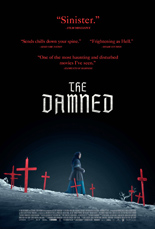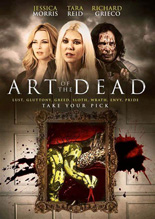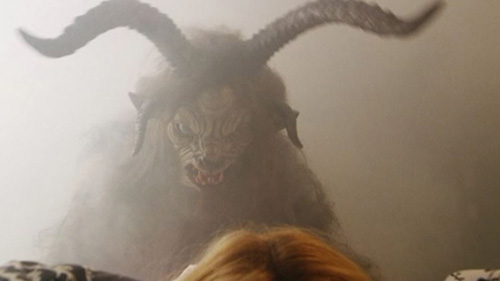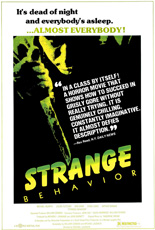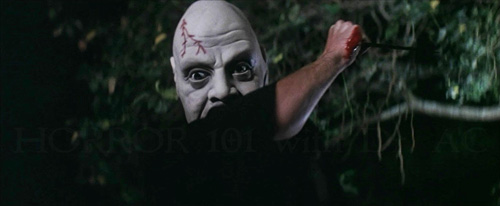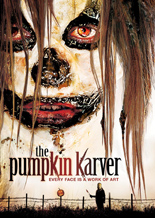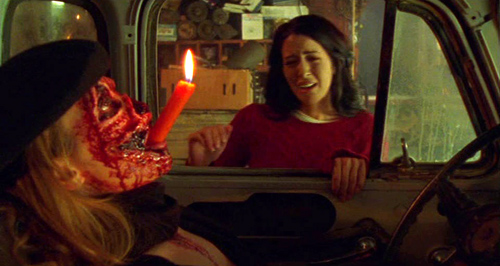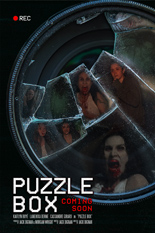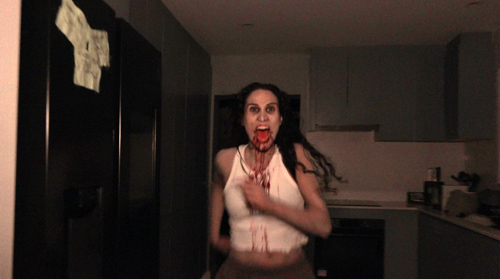
It’s a hazy shade of winter at the Icelandic fishing station of The Damned. With their meager shelter snowed under ’til spring, no one’s going anywhere, despite dwindling provisions.
But when widower Eva (Odessa Young, HBO’s The Staircase) spots a sinking ship in the distance, she convinces the men to row, row, row their boat toward the wreck. The rescue mission goes tits up, and misery follows them back to shore, haunting and taunting thereafter.
Without revealing details, the plot of this 19th-century story draws from a pair of John Carpenter ’80s classics: The Fog and The Thing. From the former, it takes the harrowing shape of a threat whose identity is obscured by weather; from the latter, burgeoning paranoia and distrust of those sharing a confined space. As one of the fishermen tells Eva, “The only thing I know is that the living are always more dangerous than the dead.”
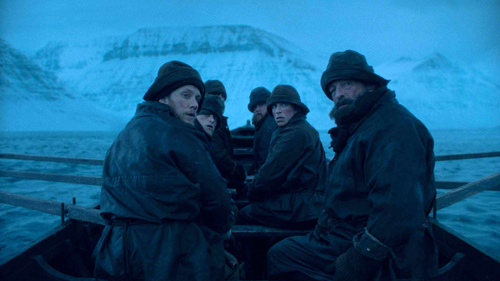
Just as the villagers of The Damned attempt to navigate through a storm to safety, only to be thwarted at each turn, the film itself forever stands on the precipice of getting somewhere. Long on atmosphere, this superstition-steeped slow-burner doesn’t build upon initial pressure so much as re-build it in the next sequence — and without surpassing the previously established mark. As a result, by the time it finally escalates toward a payoff, we’re no longer invested.
Like Robert Eggers’ Nosferatu, another horror period piece currently in theaters, Thordur Palsson’s first film is visually first-rate. The difference here is the devotion to craft doesn’t compensate for stretches of monotony. —Rod Lott
Opens Friday, Jan. 3.

